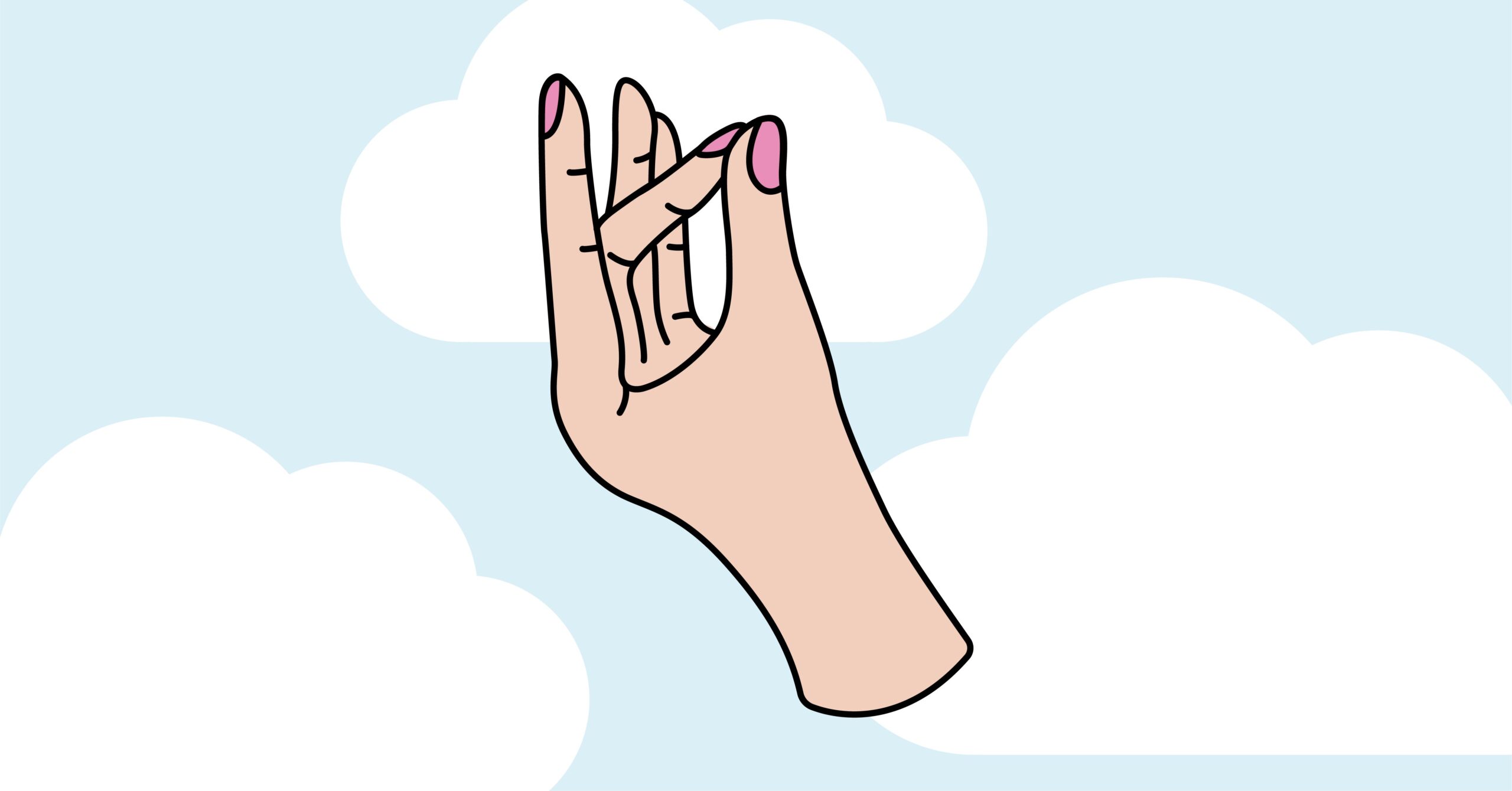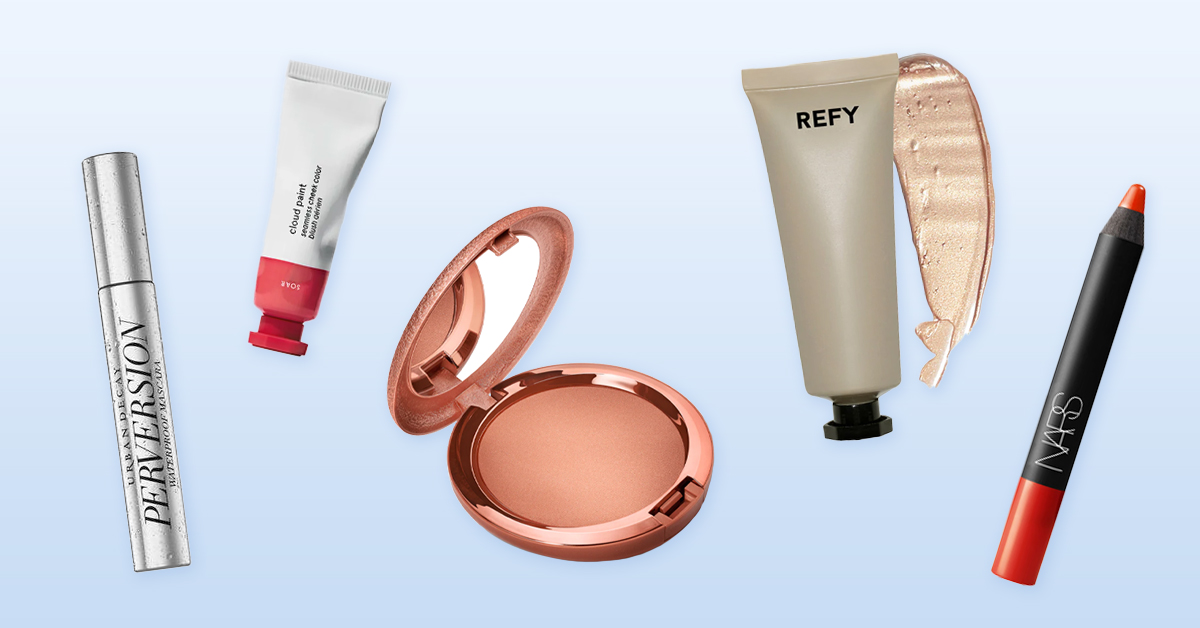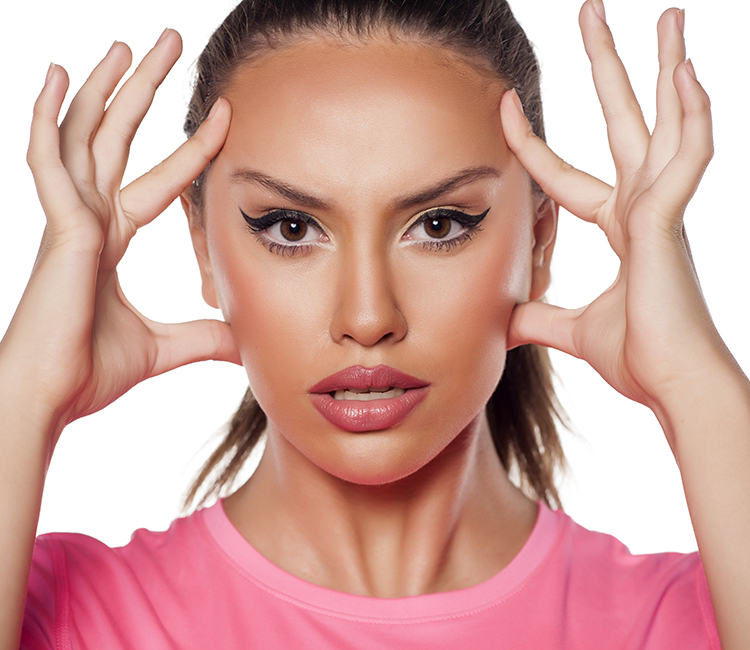The complicated relationship between hair and hormones
Not only is the relationship between hair and hormones complicated, but it’s also lifelong. From puberty to pregnancy to menopause, it can be a wild ride for both the hair on your body and your head.
Hair 101
A quick biology lesson: Each strand of your hair contains a protein called keratin, which is made up of amino acids—these amino acids bond in a certain way, determining whether you grow curly or straight strands. The longer hair on your head, as well as the hair that grows from your underarms, face and pubic areas is called terminal hair. The other kind of hair that you have all over your body (even when you can’t see it) is called vellus hair, which is commonly referred to as “peach fuzz.” This hair is not tied to hormones and exists primarily to keep your body warm.
The hair on your head
Let’s start with your tresses. Not to relive any trauma, but remember those middle school years when your hair was all over the place? Yep, that was hormones. Many teenagers find that the texture of their hair can radically change as their hormone levels fluctuate—making some already-awkward years decidedly more awkward. In fact, some people notice during this time that their hair can completely switch from straight to curly.
Similarly, pregnant women often experience changes in the texture of the hair. Right around the 15-week point of pregnancy, their hair feels thicker, as they are shedding fewer strands. That’s all thanks to an increase in the hormone oestrogen. Enjoy those lustrous locks while you can! Relatedly, many women experience hair loss after having a child, which can be connected to a sudden decrease in oestrogen. This typically evens out around 12 months postpartum.
Lastly, during perimenopause and menopause, the body’s levels of estrogen and progesterone drop, which can result in thinner hair. While this doesn’t typically result in a bald spot, like with male hair loss, some women experience overall thinness. You can alleviate this situation by increasing your intake of vitamin C to stimulate regrowth, niacin (aka vitamin B3) to help with circulation and iron to increase blood flow.
The hair on your body
Hormones also play a significant role in body-hair growth during times in your life when your hormones fluctuate. Case in point: puberty. Genetics play a significant role in when this all takes place, but it’s most commonly between the ages of 8 and 15. It’s during this time that vellus hair can become terminal hair. This is due to androgens, such as testosterone (T), dihydrotestosterone (DHT) and prohormones dehydroepiandrosterone sulfate (DHEAS) and androstenedione. Don’t worry, we won’t quiz you later. Talking to your teenager about what they can expect and how they can manage these changes can make a world of a difference.
For many pregnant women, they’ll find hair cropping up in never-before-seen places on their bodies. We know this can be alarming, but thankfully, it’s temporary and disappears around six months postpartum. It’s typical for this hair to appear on the belly or “happy trail” but can also be seen on the arms, chest, and face—and it’s all thanks to estrogen (the culprit of so many pregnancy woes). If it’s a bother, shaving, waxing, and plucking are all considered safe during pregnancy.
During menopause, the body continues circulating hormones but does so at different rates. It slows down as it circulates estrogen but maintains the same level of testosterone moving through the body. As a result, some women find an increase in thicker hair growth on the face, around the chin, and upper lip. One immediate solution: laser hair removal, of course.
Blair Smith is a lifestyle and beauty writer who currently resides (and will likely stay forever) in Brooklyn, New York.
















